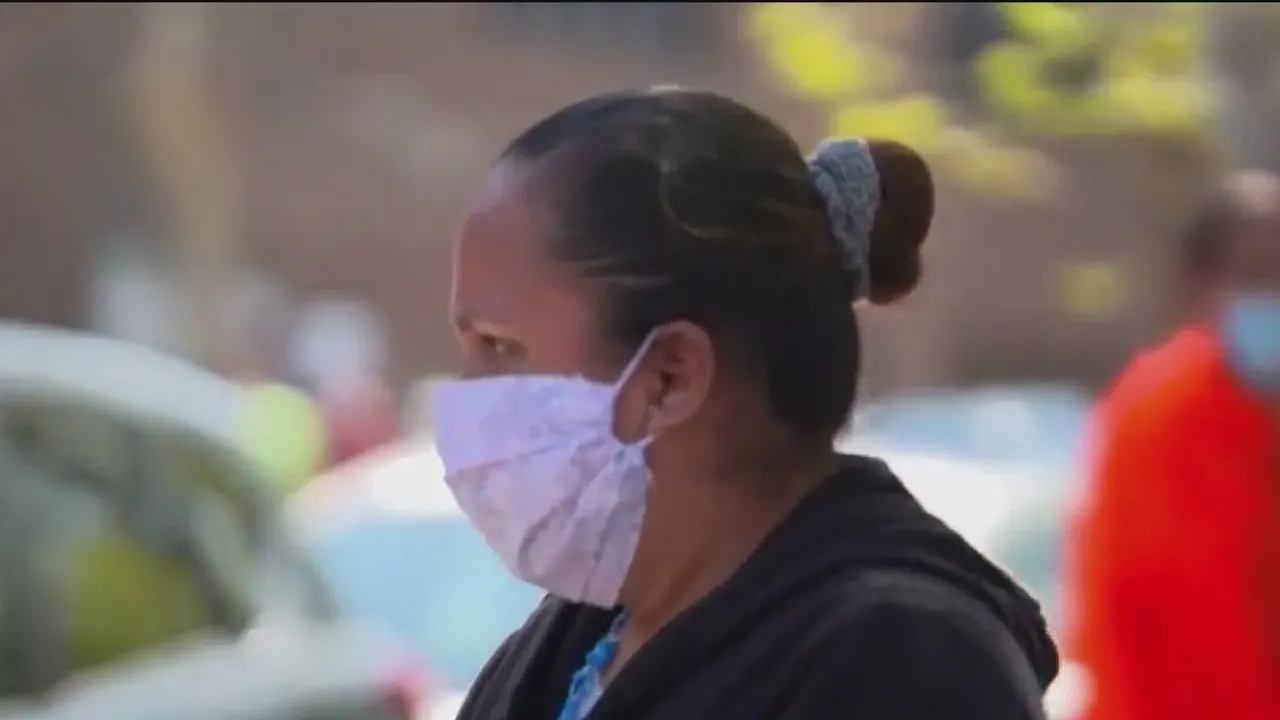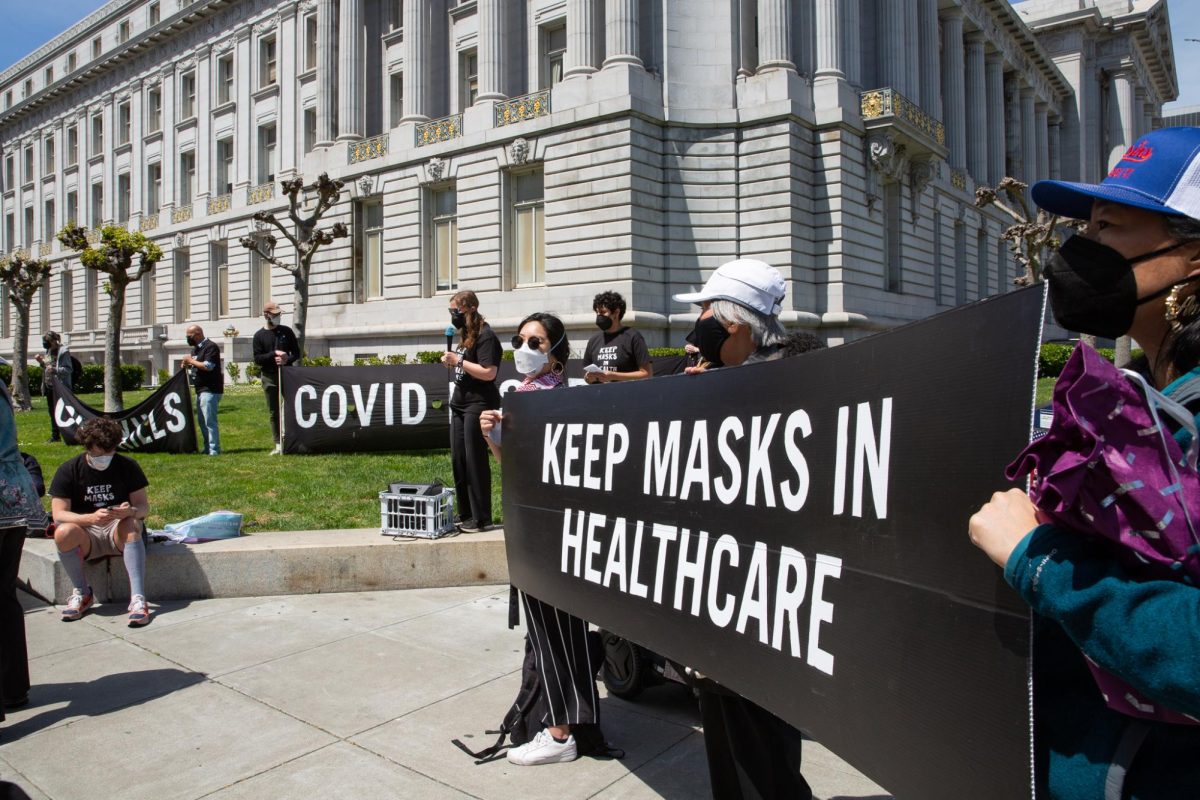As winter approaches, the San Francisco Bay Area in California is reinstating mask mandates in response to the seasonal increase in cold and flu cases. Several counties, including Alameda, Contra Costa, Santa Clara, San Mateo, and Napa, have issued health orders that require face masks to be worn in hospitals, skilled nursing facilities, and other health care settings.
These mandates will take effect on November 1 and remain in place until either March 31 or April 30, 2025, depending on the county. The goal is to mitigate the spread of respiratory illnesses, including influenza and COVID-19, during the colder months when these viruses typically surge.
The newly imposed mask mandates primarily focus on health care workers, but Santa Clara and San Mateo counties have extended the requirements to visitors as well. In Santa Clara County, patients are also required to wear masks while in health care settings.
This expansion reflects a proactive approach to ensuring safety within vulnerable health care environments. The mandates encompass a variety of facilities, including hospitals, psychiatric hospitals, dialysis centers, and infusion centers, emphasizing the importance of protective measures in these high-risk areas.

Recognizing that some individuals may face challenges in wearing masks, the mandates include specific exemptions. For example, in Santa Clara County, children under 2 years old and individuals with medical conditions that could hinder their ability to wear a mask—such as those with respiratory issues or incapacitation—are exempt from the requirements.
This consideration aims to balance public health needs with the realities faced by certain populations, ensuring that the mandates are both practical and sensitive to individual circumstances.
Despite the public health rationale, the return of mask mandates has generated criticism. Some opponents view the requirements as an overreach and a revival of restrictive measures reminiscent of the pandemic.
Republican Representative Kevin Kiley has openly criticized the mandates, linking them to broader political concerns and emphasizing the need for leadership that prioritizes individual freedoms in health-related decisions. This opposition underscores the divisive nature of mask mandates, which continue to evoke strong opinions in political discourse.
The current mask mandates in California echo similar actions taken during previous flu seasons. For instance, many health care facilities across various states reinstated mask requirements last January in response to rising COVID-19 and influenza cases.
Such measures have been seen as necessary precautions in health care settings, aimed at protecting both patients and staff. As California navigates this resurgence of mandates, the situation reflects an ongoing struggle to balance public health imperatives with personal liberties, a challenge that remains relevant in today’s society.
